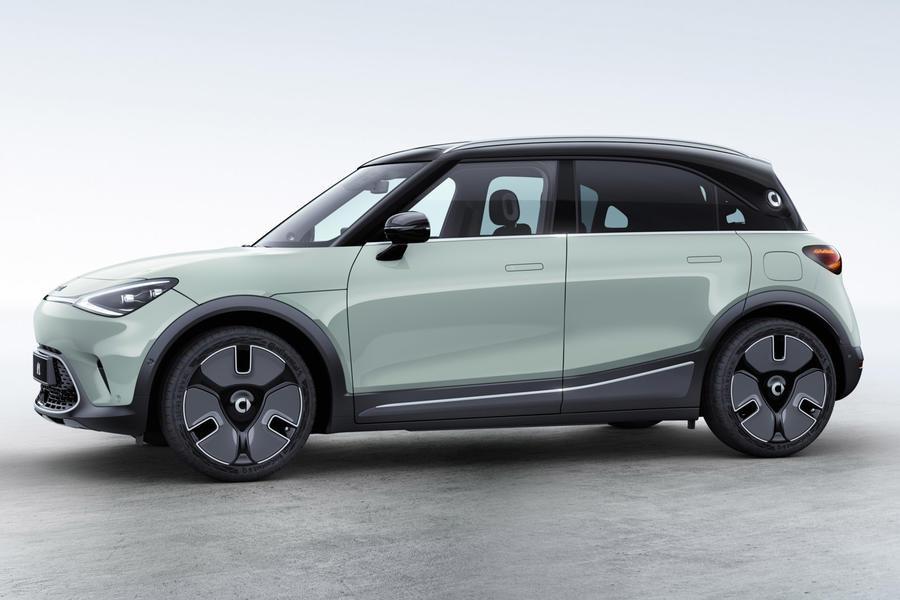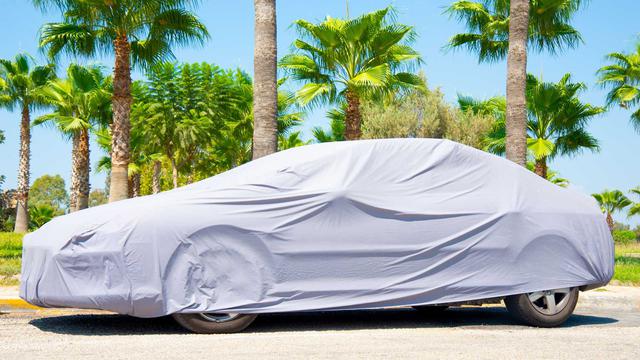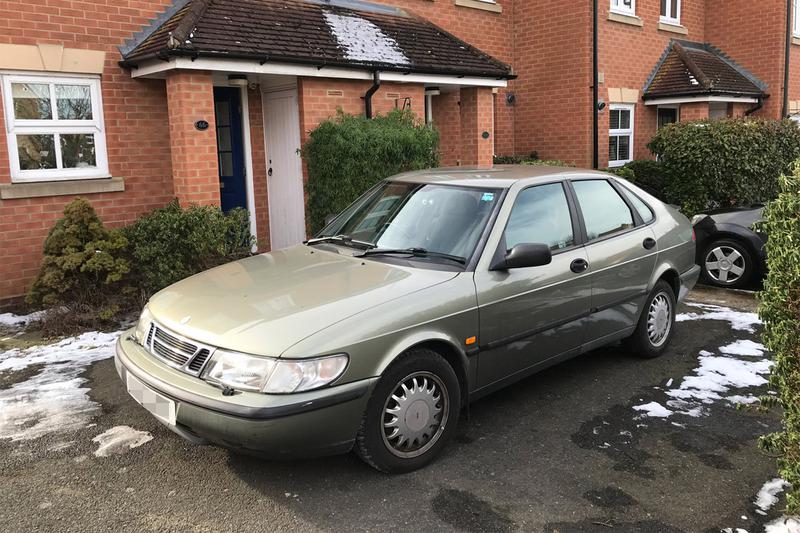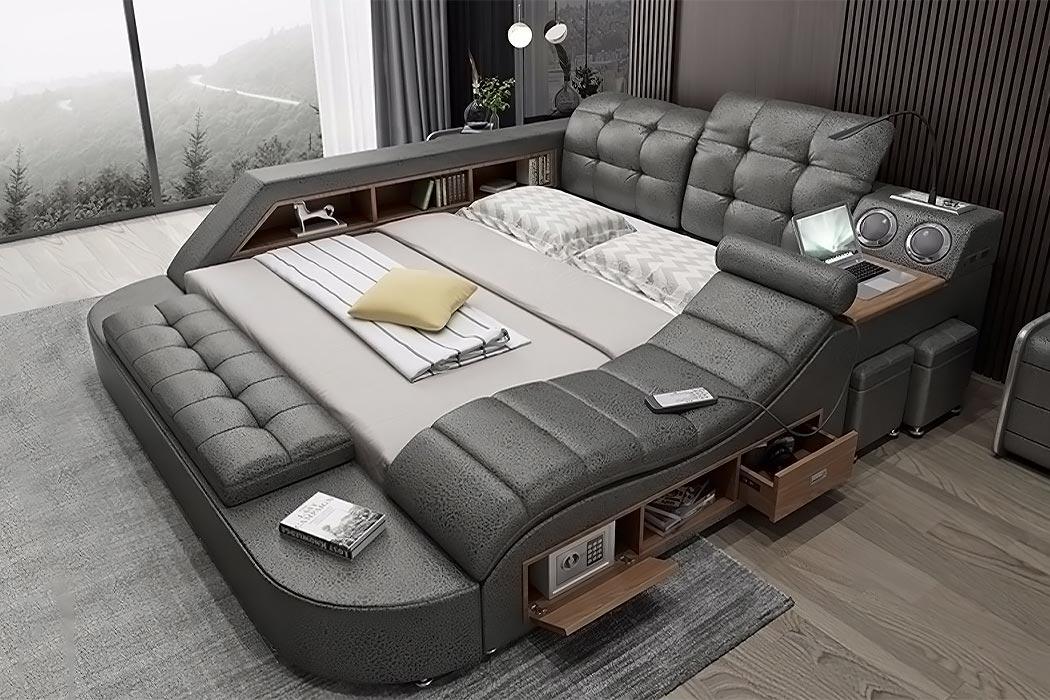Meet the smart #1, a fresh joint venture between parent company Daimler AG and Geely, to be sold by Proton Edar in Malaysia.
The smart #1, in lowercase and with the hashtag, is an electric high-riding hatchback sort-of-SUV that seeks to usher in a new age for the ailing brand
The Chinese automaker contributes most of the engineering involved while Mercedes-Benz’s side of the coin involves its design and styling. Underneath that posh MINI-rivalling skin, the #1 sits on Geely’s Sustainable Electric Architecture (SEA) platform, specifically SEA2 for smaller vehicles.
A Better Electric MINI, From Geely
Due to enter production in China in late 2022 with early 2023 being earmarked as when first deliveries are expected to reach Europe. As that takes place, Proton Edar will be charged with sales and distribution duties for both Malaysia and Thailand, meaning order books should be open in the coming months.

Its floor-mounted battery uses an unusual nickel-manganese-cobalt chemistry and boasts a capacity of 66kWh that smart claims are good for a 440km range with rapid DC charging supported up to 150kW for 10% to 80% replenishment in about half an hour.
Currently, the only motor configuration on the smart #1 is a single unit at the rear delivering 272PS and 343Nm, so it should be decently brisk. The top speed is quoted at 180km/h though acceleration is not disclosed. An AWD option and additional battery capacities will be offered in the future, the company confirmed.
Mercedes-Benz was completely justified in wanting to revitalise the smart brand, one that receded into obscurity following a period of fanfare and apparent innovation at the start of its life in the late 1990s.
It’s the first all-new model from smart since 2014 and we can see traces of that smooth ‘jellybean’ shape that Benz is so enamoured with everywhere on the smart #1, but this design shift is an entirely welcome one following the unsuccessful reinterpretations of the original ForTwo and ForFour.
Some characteristic elements of the new smart design ethos feature prominently here, such as the wraparound front light bar, short overhangs, two-tone paint scheme, and a ‘flying roof’ effect courtesy of a distinctively shaped C-pillar.
smart #1 Design - Style And Substance
The car has stayed incredibly faithful to the concept shown at the 2021 Munich motor show both in terms of the exterior as well as the interior, which thanks to its 2,750mm wheelbase and EV packaging, can be compared to a Mercedes-Benz E-Class in sheer roominess.
Flush door handles are used to open its doors with frameless windows. Its cabin uses a central 12.8-inch infotainment screen as its focal point and uses an interface that is entirely unrelated to Mercedes-Benz’s MBUX platform but is more related to the system used in the Zeekr 001. The upright placement of the panel itself and rounded HVAC vents below do put us in mind of the newest S-Class, though.
There’s also a smaller and rather shallow 9.2-inch display just ahead of the driver as well as a larger heads-up display. A panoramic glass roof complements the light and airy cabin design, as does the ambient lighting and customisable trim colour combination, and if it weren’t yet very obvious the #1 was trying very hard to be trendy, there’s a 13-speaker speaker array by Beats.
The smart #1 is positioned as a premium EV for those who fancy themselves as stylish urbanites. As mentioned, it is a very comparable product to those from BMW-owned MINI, and here the British marque seems to have plenty new to worry about from an automaker they probably never regarded as a serious rival.
In Europe, it will scrap with the Volkswagen ID.4 and the Renault Megane E-Tech, however, it will be equally interesting to see how this smart sizes up against the excellent Hyundai IONIQ 5.




